Biomechanics Lab: Intro to Movement
1/10
There's no tags or description
Looks like no tags are added yet.
Name | Mastery | Learn | Test | Matching | Spaced |
|---|
No study sessions yet.
11 Terms
Define these joints:
Synarthrodial
Amphiarthodial
Diarthodial (Synovial)
Immovable joint
Slightly movable joint
Freely movable joint
Subcategories of amphiarthodial joints
Syndesmosis
Distal tibiofibular joint
Symphysis
Pubic symphysis, intervertebral discs
Synchondrosis
Costochondral joints
Structure of a synovial joint.
What does this allow?
Composed of a sleeve-like joint capsule filled with synovial fluid.
These absorb shock and protect the bone
The 6 types of diarthrodial (synovial) joints
Plane/Gliding/Ellipsoid
Hinge (Elbow)
Pivot (Neck)
Condyloid (Wrist)
Ball-and-Socket (Shoulder)
Saddle (Carpals)
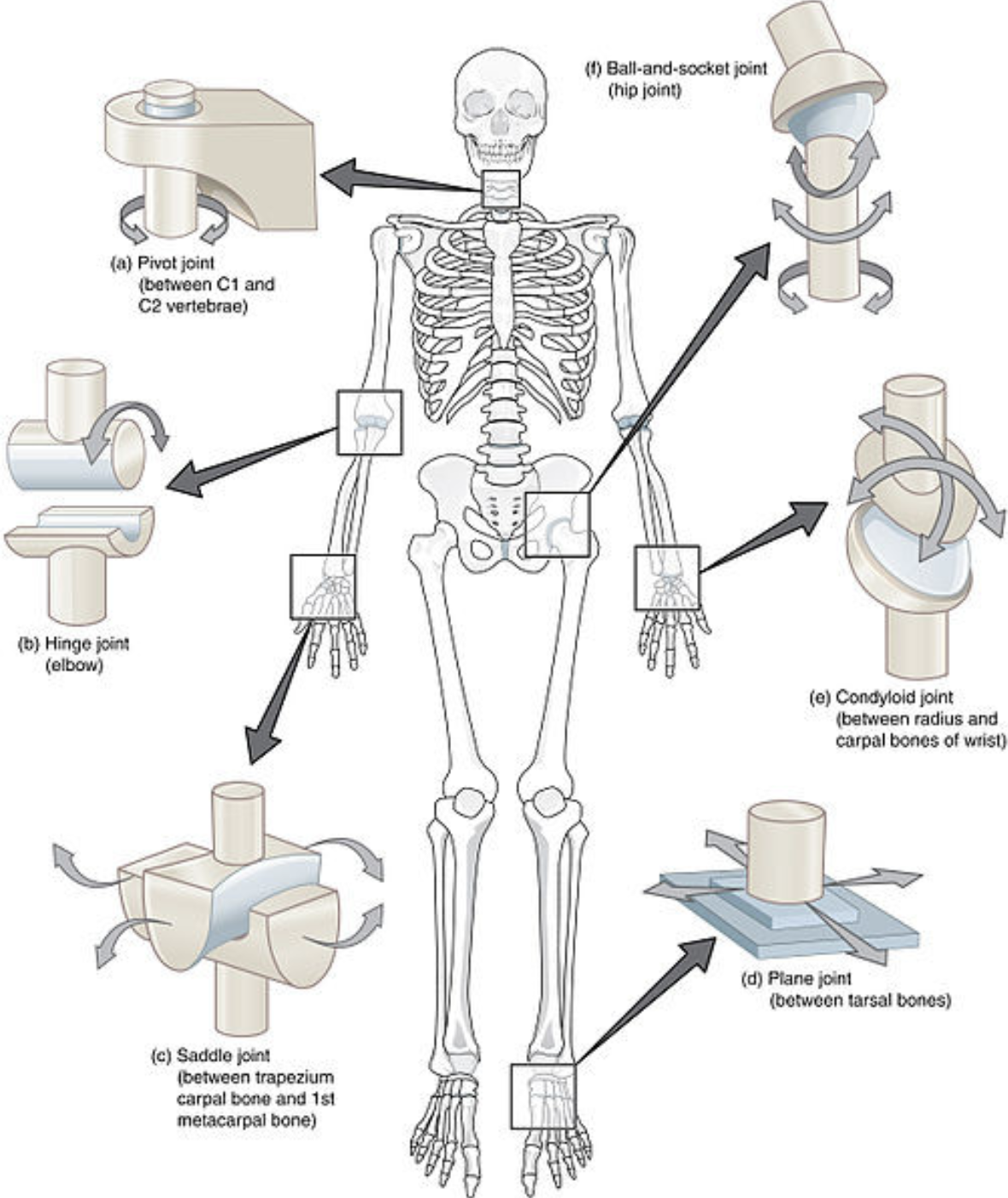
Degree of freedom
The motion possible by a joint in 1-3 planes
Shoulder (scapulothoracic) movements (6)
Depression
Elevation
Protraction (abduction)
Retraction (adduction)
Upward rotation
Downward rotation
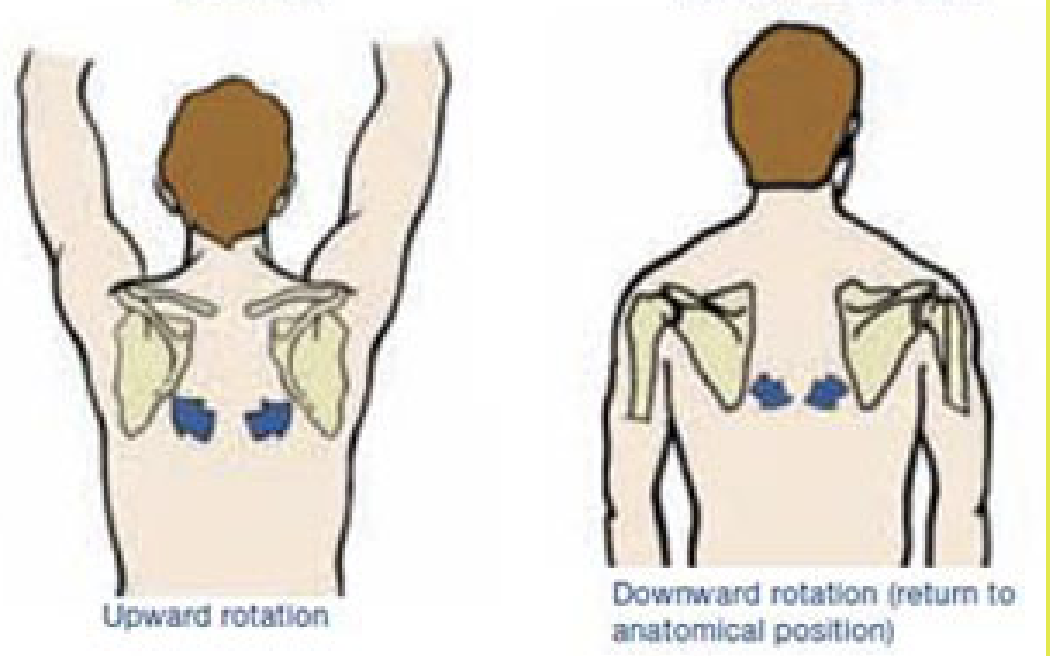
Shoulder (glenohumeral) movements
Horizontal abduction
Horizontal adduction
Scaption
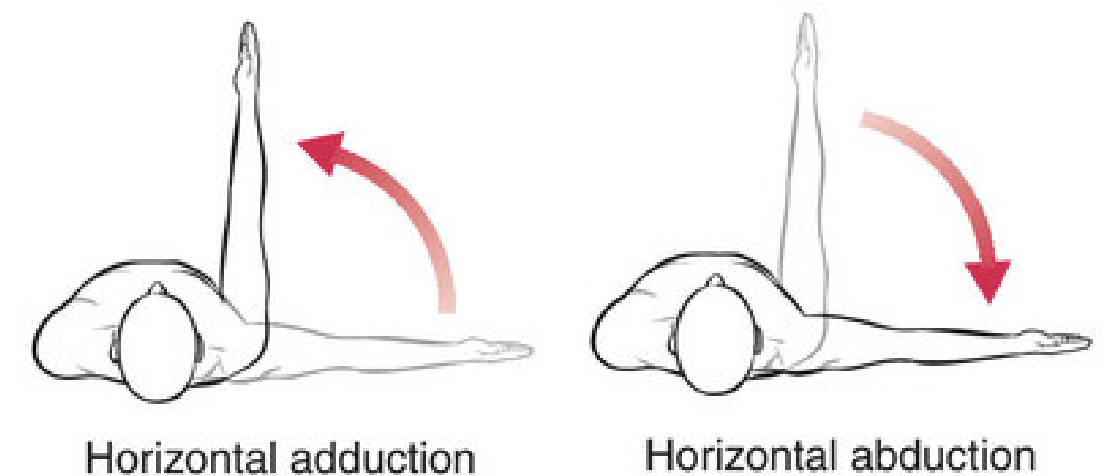
Axis of rotation for Saggital Plane
Frontal (coronal, lateral) axis
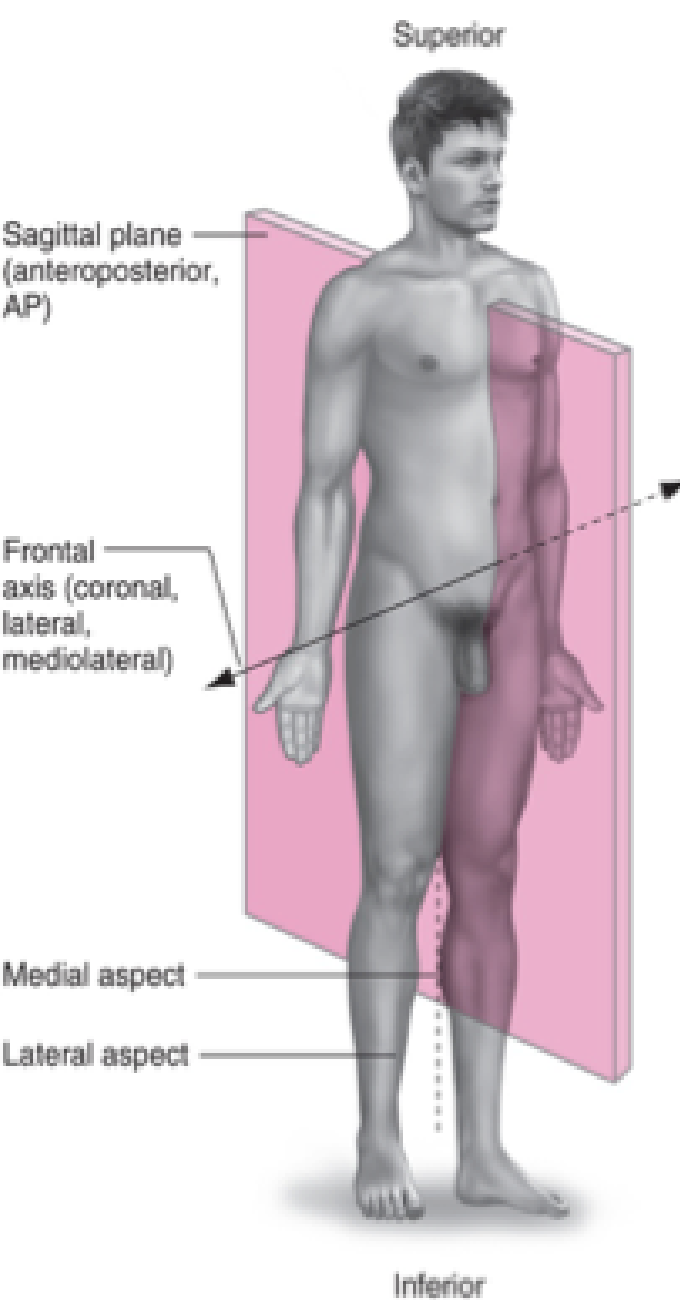
Axis of rotation for Frontal Plane
Saggital axis
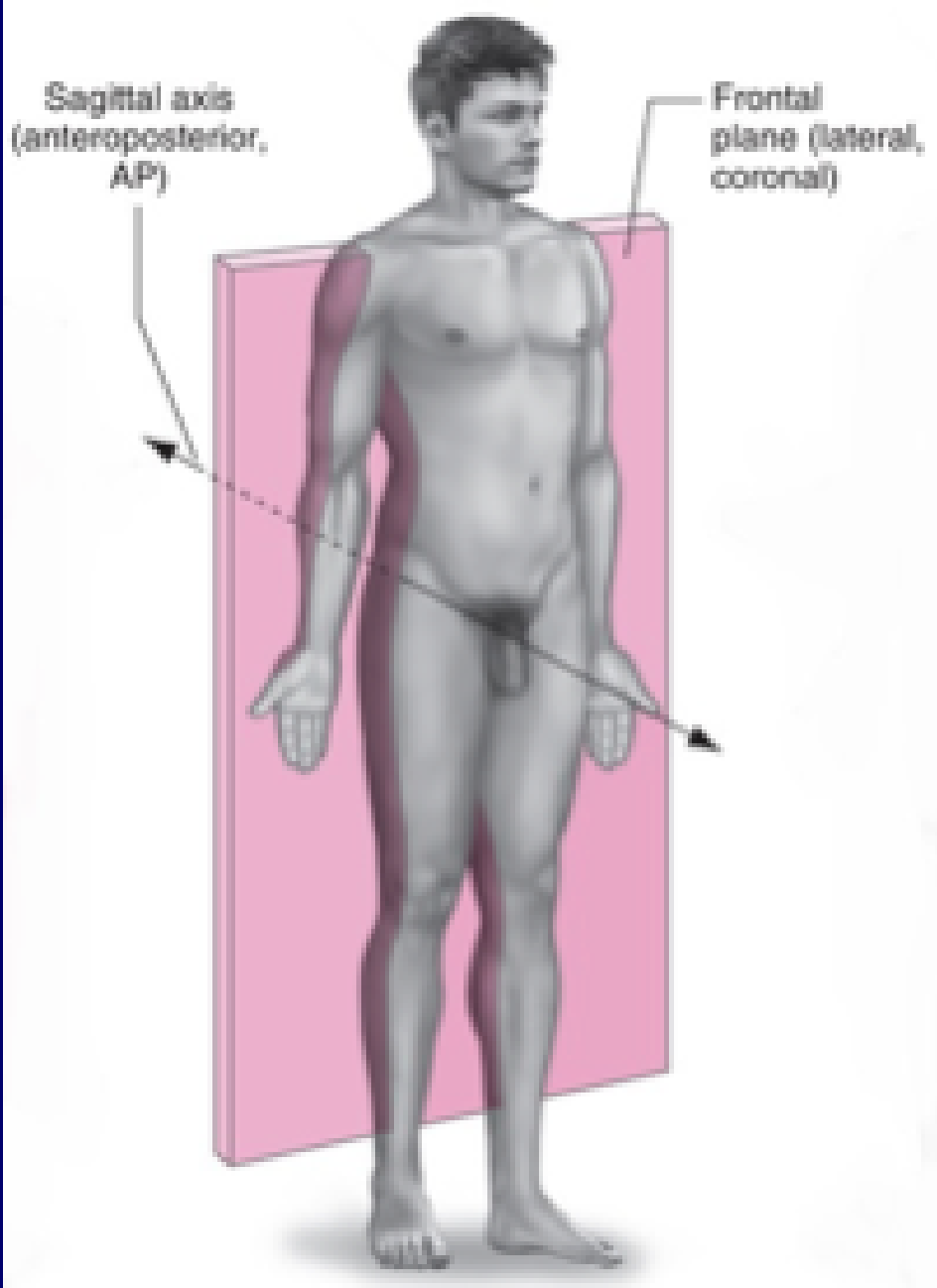
Axis of rotation for Transverse Plane
Vertical (longitudinal) axis
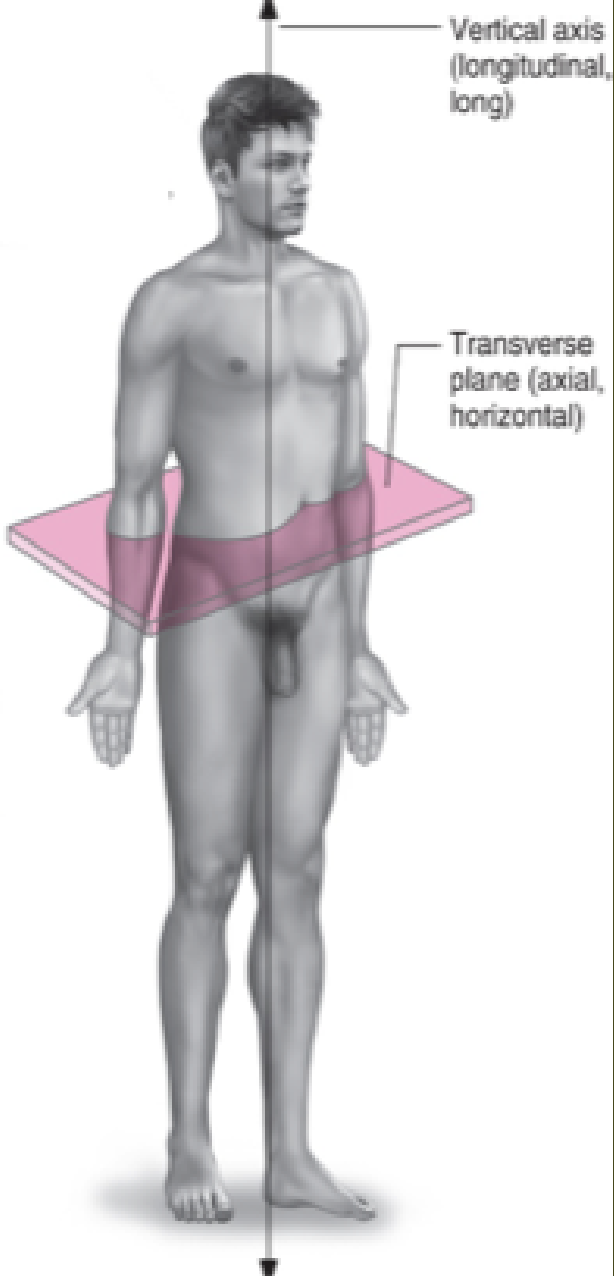
What is the relationship between axis of rotation and plane of motion?
The joint moves about an axis that has a 90 degree relationship to that plane
Think of it like you’re moving about that pole